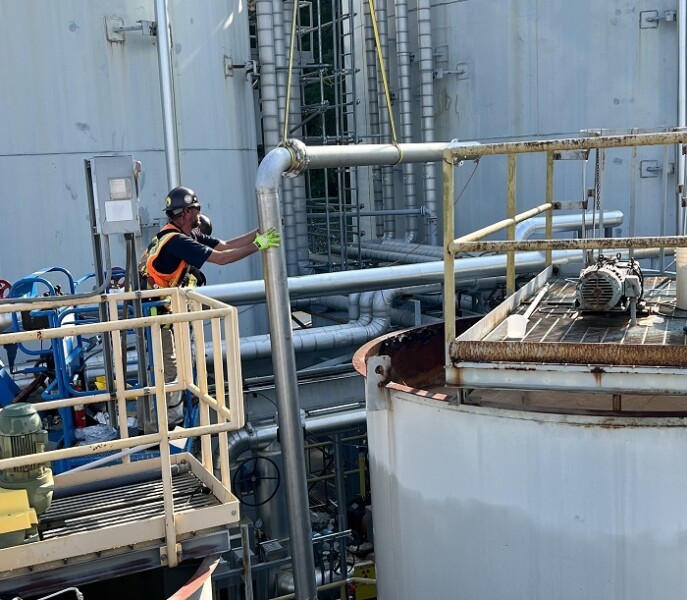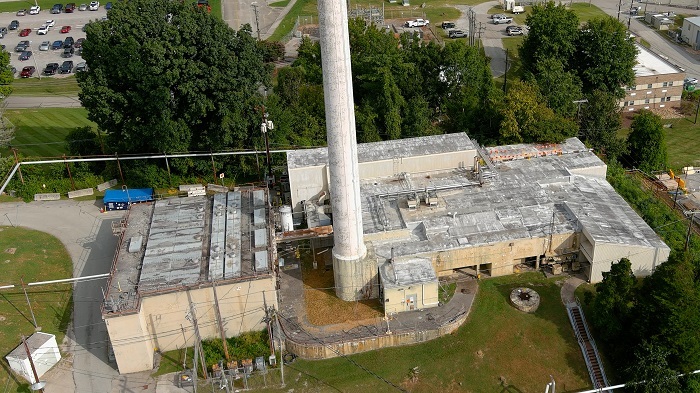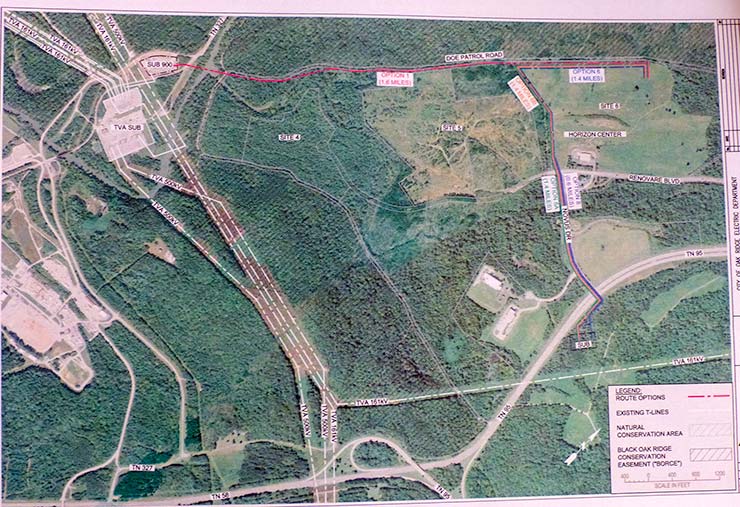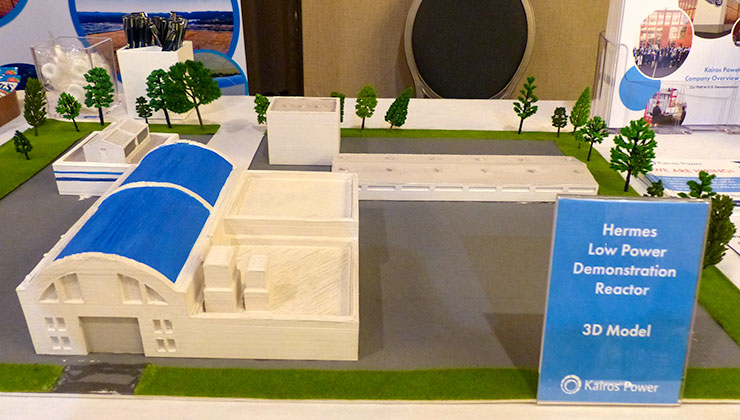
Close to two miles of pipes were replaced at waste treatment systems at Oak Ridge National Laboratory.
The two-year, $18 million project was completed three months ahead of schedule and $900,000 under budget, according to federal officials. The project replaced above-ground pipes and valves at the 3608 Process Waste Treatment Complex, “making the system more efficient and reliable and helping avoid the possibility of disrupting ongoing ORNL operations,” federal officials said.
The piping replacement was a project of the U.S. Department of Energy’s Oak Ridge Office of Environmental Management and its contractor UCOR. The goal was to extend the life of the Liquid and Gaseous Waste Operations (LGWO) system at ORNL. DOE said the LGWO system is critical to ORNL’s ongoing missions, and an outage would result in immediate impacts at the site.
[Read more…]







